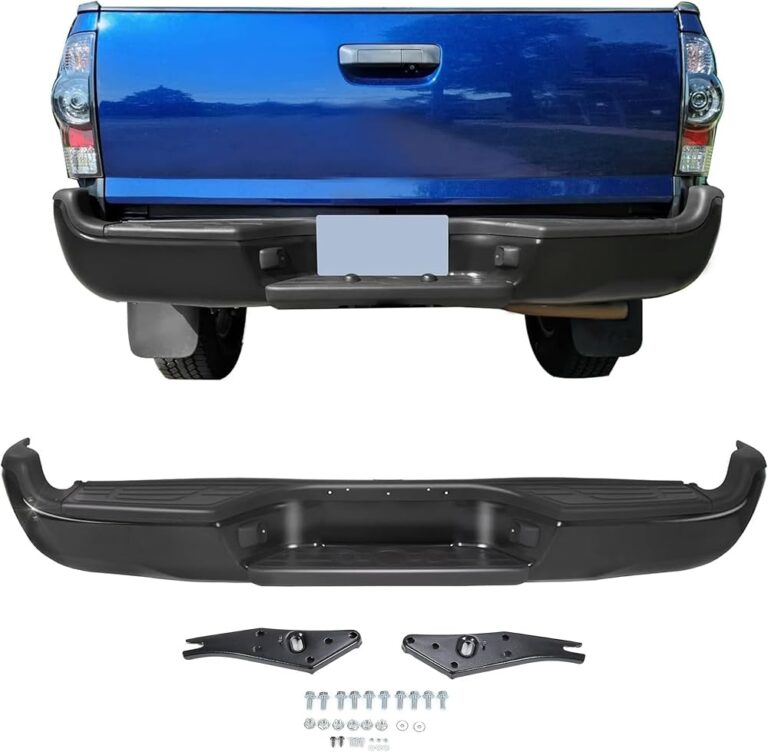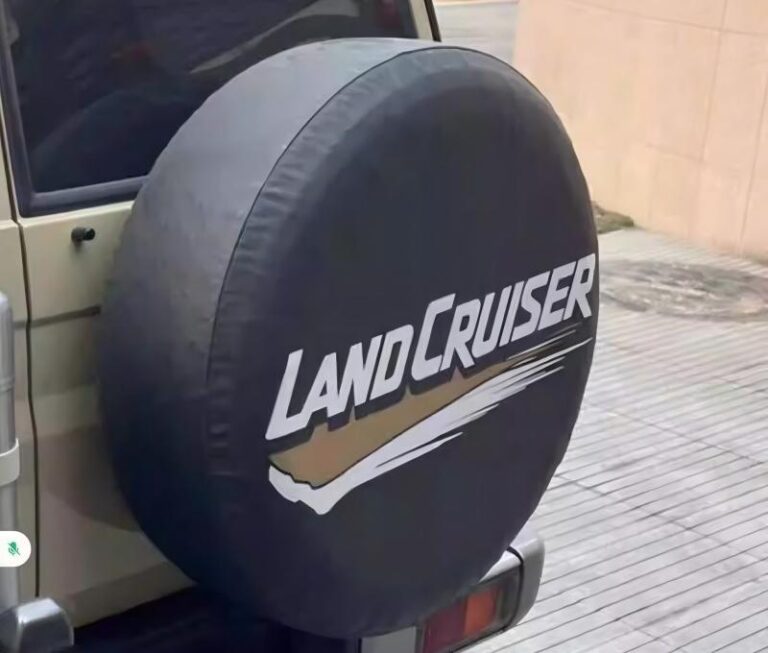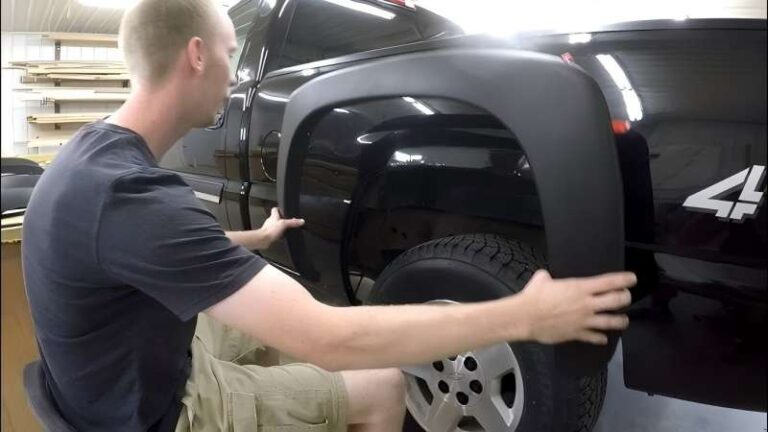-
Xingming Road, Yanyuan, Xingtan, Shunde, Foshan, Guangdong

Bumper Cover vs Car Bumper: Critical Protection Differences
The seemingly simple front and rear protective parts of a vehicle actually hide the precise game of material science and safety engineering.
The plastic echo when your finger taps the para-choques of a new car is often misunderstood as “cutting corners”. What is less known is that behind this design is the triple revolution of collision safety, pedestrian protection and maintenance economy in the century-long evolution of the automobile industry. Bumpers and bumper covers – two parts with similar names but different functions, together build the “first line of defense” of modern cars.
1. Historical evolution: from steel shield to intelligent material system
In the early 20th century, the para-choques para automóveis was a pure metal structure, like a steel beam welded to the car body. The nickel-plated steel bumper of the 1922 Ford Model T could resist physical deformation, but it directly transmitted the collision energy to the passenger compartment, resulting in a higher secondary injury rate. The turning point came in the 1970s, when the oil crisis forced automakers to reduce weight and reduce consumption, and plastics entered the field of vision with their lightweight advantages.
In 1983, Fiat Uno first adopted polypropylene bumper, which reduced maintenance costs by 40%, officially opening the plastic bumper era. As an independent component, the bumper cover evolved into a professional buffer medium with the rise of pedestrian protection regulations after 2000 (such as the EU Pedestrian Impact Directive 2003/102/EC).
2. Structural anatomy: the “sandwich model” of the bumper system
A real bumper is not a single component, but a multi-layer energy management system:
- Plastic bumper shell: The outermost polypropylene/ABS shell (the “bumper” that is often mistakenly called) is responsible for elastic deformation in low-speed collisions;
- Anti-collision beam + energy absorption box: The high-strength steel beam and honeycomb aluminum structure behind the shell are responsible for the core energy absorption task of medium and high-speed collisions (accounting for more than 60%);
- Bumper cover: An additional layer covering the outside of the shell, such as the polycarbonate cover in Hyundai’s patent (CN201630490605.3), which disperses the impact force through deformation.
Key difference: The bumper is a functional system, and the bumper cover is the replaceable “skin” of the system.
3. Material showdown: Why does plastic beat metal?
The core of the popularity of plastic bumper shells lies in their dynamic mechanical advantages:
- Pedestrian protection: Subaru’s test shows that when the plastic shell hits the pedestrian’s leg, the risk of knee injury is 53% lower than that of metal;
- Maintenance economy: In a low-speed collision of 5km/h, the plastic shell can avoid replacement through elastic recovery, and the maintenance cost is 70% lower than that of metal;
- Lightweight contribution: ABS plastic shell weighs only 3-5kg, while the same strength steel plate weighs 8-12kg, and the weight of the whole vehicle is reduced by more than 20kg.
4. Bumper cover: underestimated “invisible guardian”
As the outer component of the bumper system, the core value of the bumper cover lies in functional expansion and precise protection:
- Sensor integration platform: The front bumper cover is embedded with radar and camera (such as Tesla Autopilot system), and the rear cover is integrated with license plate lighting;
- Partial enhanced protection: Nissan Versa rear bumper cover adopts steel embedded frame (OEM 620223BA0J), which optimizes anti-bending performance for rear-end collision scenarios;
- Personalized modification interface: For example, the ABS material cover of Infiniti Q50 (OE 620224HB0H) supports customized texture and color.
5.Safety truth: Precision collaboration of the crumple zone
The collision test reveals the synergy logic of the two:
- Low-speed scenario (<15km/h): The bumper cover and the plastic shell deform together, absorbing about 30% of the energy to avoid damage to the longitudinal beam;
- High-speed collision (>40km/h): The anti-collision beam guides the energy to the energy absorption box, and the longitudinal beam consumes more than 60% of the energy through crushing deformation. At this time, the shell and the cover have been separated from the system.
Suporte de dados: IIHS test shows that the repair cost of plastic shell vehicles in 25km/h collisions is $1,200 lower than that of early metal bumper vehicles.
6.Industry Trends: Electrification and Intelligent Drive Innovation
- Material Upgrade: BMW iX adopts self-healing polyurethane cover, scratches automatically heal at 70℃;
- Structural Integration: Tesla Cybertruck integrates stainless steel exoskeleton with bumper functions and eliminates traditional shells;
- Conceção modular: Sunway Auto Parts and other suppliers have launched quick-detachable bumper covers, which support charging port integration (applicable to new energy vehicles).
Plastic bumper shells, composite anti-collision beams and functional bumper covers together weave a dynamic protection network. Their relationship is like “muscle” and “skin” – the shell and anti-collision beam form a musculoskeletal system and undertake mechanical missions; the bumper cover is an intelligent skin that can sense the environment and expand the protection boundary.
When your fingers tap the “thin” plastic shell again, please remember: this is not a symbol of compromise, but an art of protection calculated by engineers in grams – using flexibility to resolve impact and reconstructing barriers with intelligence.
Industry resources:
- Collision safety engineering book list: “Automobile Collision Safety Engineering”
- Patent design case: Hyundai rear bumper cover patent CN201630490605.3
- Compliance supplier query: Sunway Auto Parts OEM certified parts library








